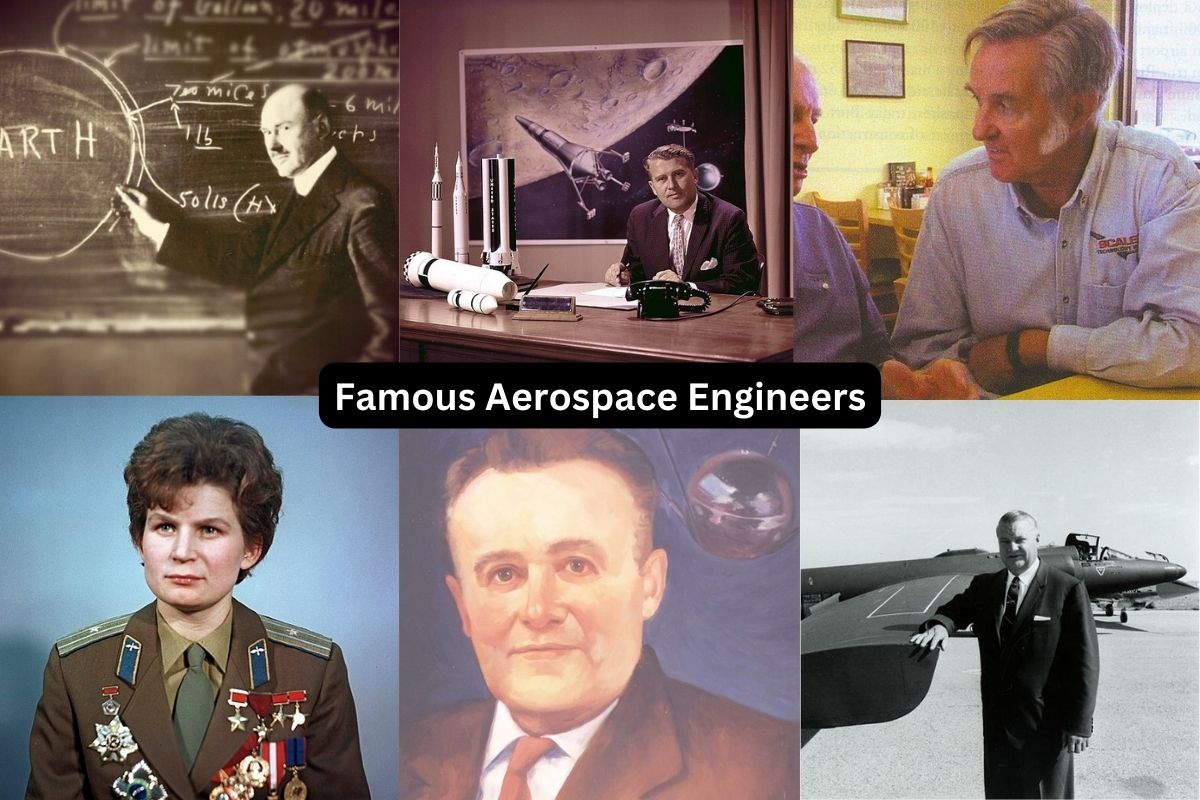Aerospace engineering stands as one of the most dynamic and awe-inspiring fields in human history, with engineers pushing the boundaries of our understanding of flight and space exploration.
The aerospace engineers featured in this article have played pivotal roles in shaping the course of aviation and space exploration, leaving an enduring mark on the industry.
From designing groundbreaking aircraft to engineering spacecraft that ventured to the moon and beyond, their achievements have redefined what is possible in the skies and among the stars.
Join us on a journey through the lives and contributions of some of the most famous and influential aerospace engineers in history.
Famous Aerospace Engineers
1. Wernher von Braun (1912-1977)
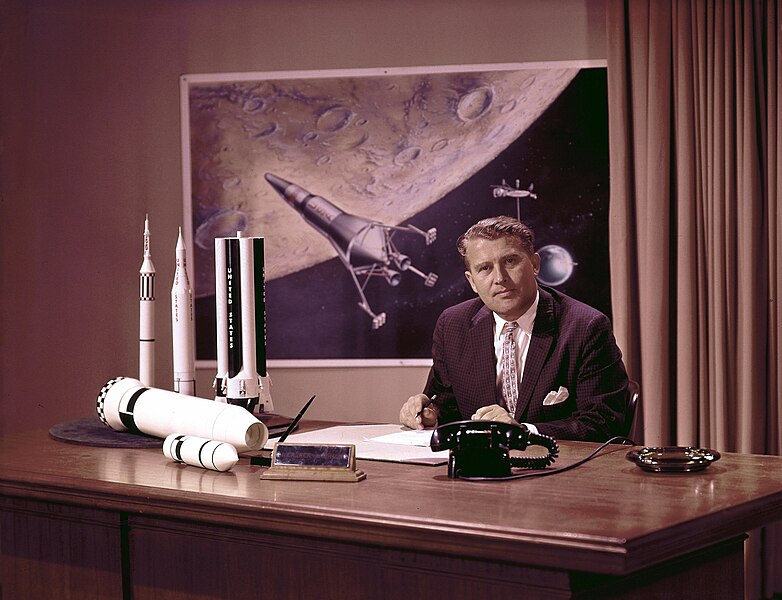
Wernher von Braun was a prominent German-born aerospace engineer and rocket scientist. He is renowned for his pivotal role in developing the V-2 rocket during World War II, which was the world’s first long-range guided ballistic missile.
After the war, von Braun and a group of German scientists were brought to the United States under Operation Paperclip, where they contributed to the early development of the U.S. space program.
Also Read: Famous Space Missions
Von Braun’s most significant achievement was the development of the Saturn V rocket, which propelled NASA’s Apollo program to the moon. He served as the Director of NASA’s Marshall Space Flight Center and was a key figure in planning and executing the Apollo lunar landings.
His work made him one of the most influential figures in the history of space exploration, and his contributions had a profound impact on the United States’ space achievements during the 20th century.
2. Sergei Korolev (1907-1966)
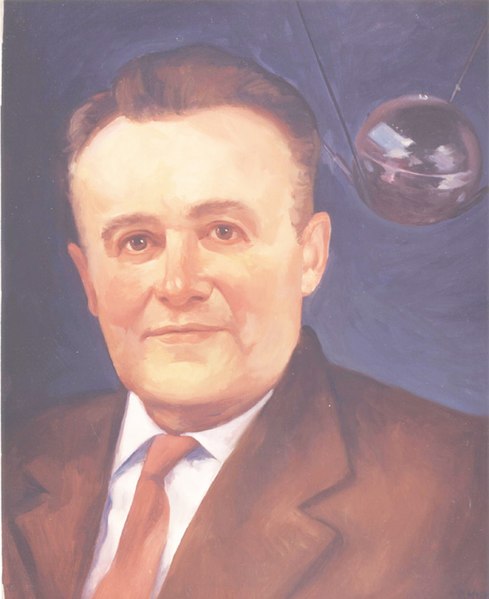
Sergei Korolev was a visionary Soviet aerospace engineer and the chief architect of the Soviet space program. He is often called the “Chief Designer” and is known for his leadership in making the Soviet Union a space superpower during the space race with the United States.
Korolev was responsible for launching the world’s first artificial satellite, Sputnik 1, in 1957, which marked the beginning of the space age. He also oversaw the launch of Yuri Gagarin, the first human in space, aboard Vostok 1 in 1961.
Despite the secretive nature of his work during the Cold War era, Korolev’s innovations and leadership laid the foundation for many significant space achievements by the Soviet Union, including the launch of numerous spacecraft and the successful Luna and Vostok missions.
3. Burt Rutan (1943-)
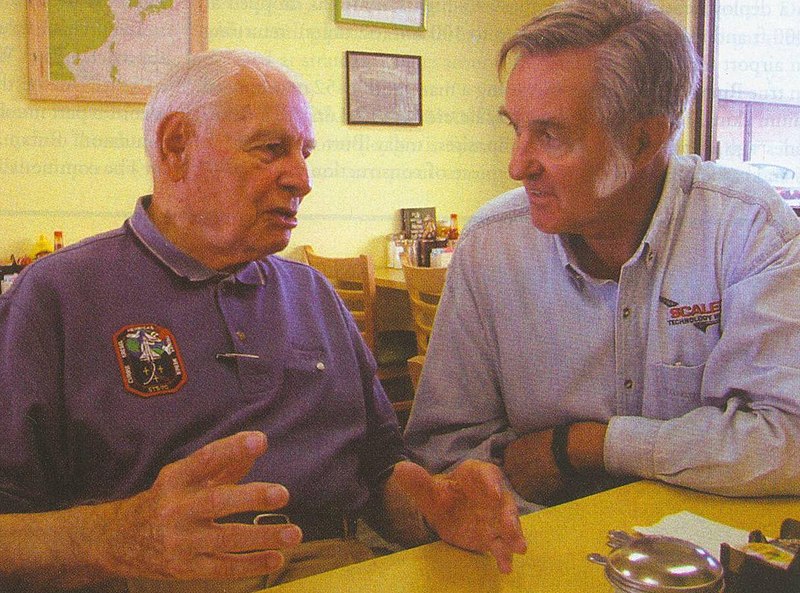
Burt Rutan is an American aerospace engineer and designer known for his pioneering work in aviation and spaceflight. He gained fame for his innovative and unconventional aircraft designs, including the Voyager, which made the first non-stop, unrefueled flight around the world in 1986.
Rutan is perhaps best known for his work on SpaceShipOne, a suborbital spaceplane that became the first privately-funded spacecraft to reach space in 2004. This achievement earned him the Ansari X Prize and marked a significant milestone in the commercialization of space travel.
His approach to aerospace design and engineering has inspired the development of private space companies and contributed to the advancement of commercial space exploration, making him a significant figure in the modern aerospace industry.
4. Kelly Johnson (1910-1990)
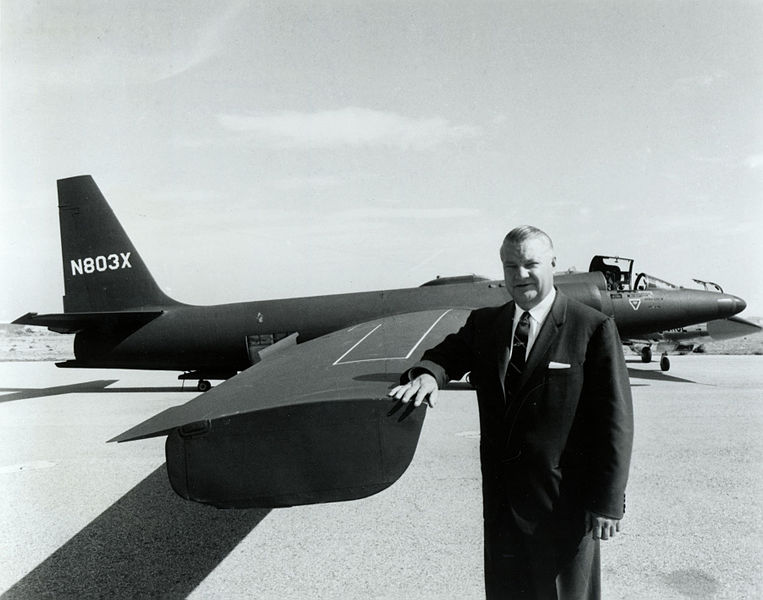
Kelly Johnson was an American aerospace engineer and aircraft designer, best known for founding Lockheed’s Skunk Works. Skunk Works is a legendary division within Lockheed Martin known for its classified and cutting-edge aerospace projects.
Under Johnson’s leadership, Skunk Works developed iconic aircraft, such as the U-2 reconnaissance aircraft and the SR-71 Blackbird, one of the fastest and highest-flying aircraft ever built. The SR-71 set numerous speed and altitude records and played a vital role in reconnaissance during the Cold War.
Johnson’s emphasis on innovation, efficiency, and secrecy contributed to the success of Skunk Works and established it as a model for advanced aircraft development programs.
5. Robert H. Goddard (1882-1945)

Robert Goddard was an American physicist and engineer known as the “father of modern rocketry.” He made groundbreaking contributions to the development of liquid-fueled rockets, which laid the foundation for future space exploration.
In 1926, Goddard launched the world’s first liquid-fueled rocket in Auburn, Massachusetts. This historic flight demonstrated the feasibility of rocket propulsion and marked the beginning of modern rocketry.
His research and inventions played a crucial role in the development of rocket technology during World War II and paved the way for the space age that followed, inspiring future generations of aerospace engineers and scientists.
6. Neil Armstrong (1930-2012)
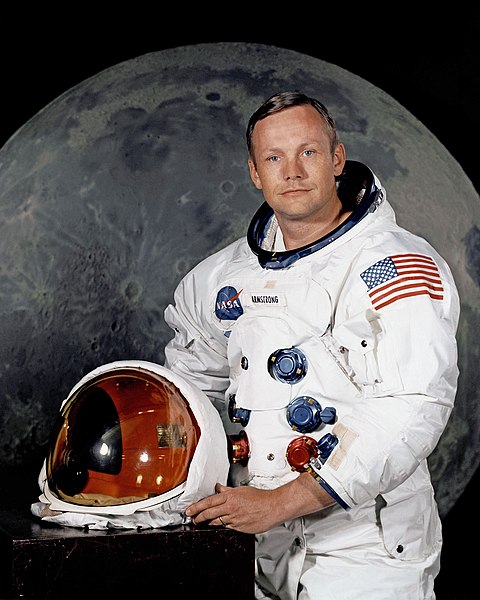
Neil Armstrong, while primarily known as an astronaut, had a background in aerospace engineering. He was an American astronaut and the first person to set foot on the moon during NASA’s Apollo 11 mission in 1969.
Before becoming an astronaut, Armstrong earned a degree in aeronautical engineering and worked as a test pilot. His engineering knowledge and piloting skills were instrumental in the success of the Apollo program.
Armstrong’s historic words, “That’s one small step for man, one giant leap for mankind,” as he descended onto the lunar surface, remain one of the most iconic moments in the history of space exploration.
His contributions to aerospace engineering and space exploration continue to inspire generations of engineers and astronauts.
7. Valentina Tereshkova (1937-)
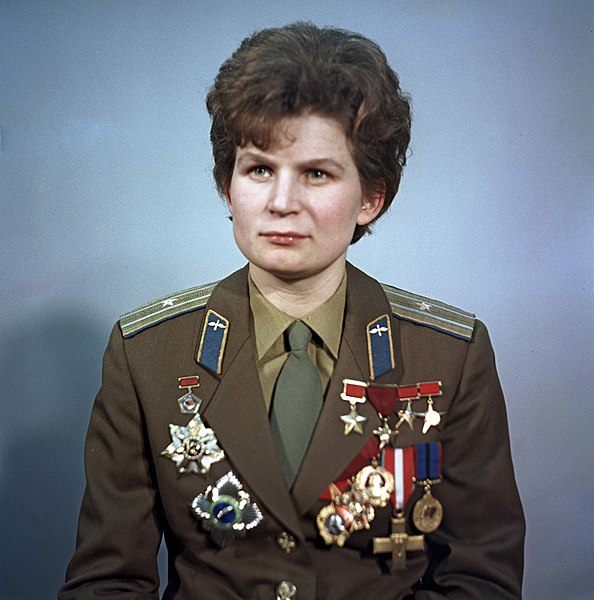
Valentina Tereshkova is a pioneering Soviet and Russian aerospace engineer and cosmonaut who became the first woman in space. She piloted the Vostok 6 spacecraft in 1963, making her a symbol of women’s achievements in space exploration.
Tereshkova’s mission lasted almost three days and orbited the Earth 48 times. Her contributions to space exploration and her status as the first woman in space have had a profound impact on inspiring future generations of female engineers and astronauts.
8. John Houbolt (1919-2014)
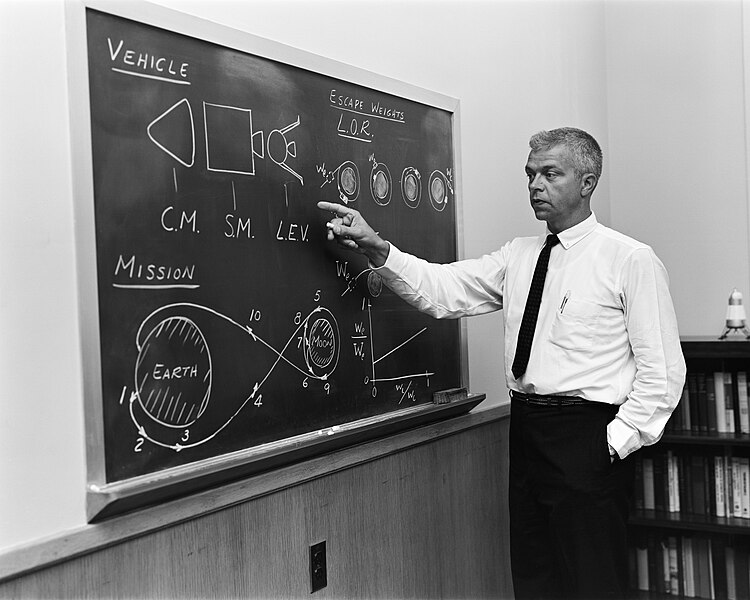
John Houbolt was an American aerospace engineer who played a crucial role in the Apollo program. He was a vocal advocate for the lunar orbit rendezvous (LOR) method for landing on the moon, which ultimately became the chosen approach for the Apollo missions.
Houbolt’s persistence and determination in championing LOR as the preferred method for reaching the moon helped NASA overcome significant technical challenges and led to the successful moon landings.
9. Maxime Faget (1921-2004)
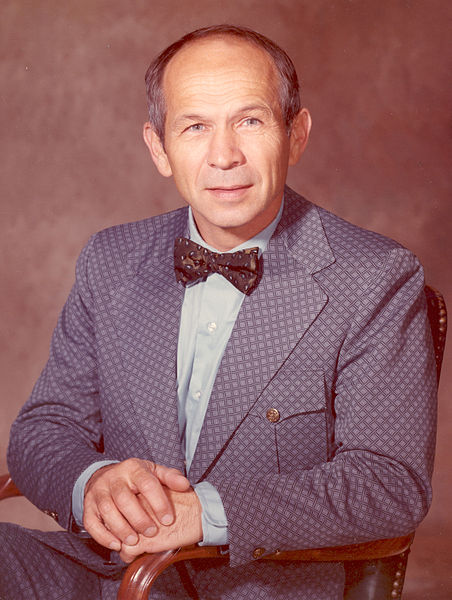
Maxime Faget was an American aerospace engineer and designer who made substantial contributions to the design of spacecraft. He was a key figure in the development of the Mercury and Gemini spacecraft during NASA’s early human spaceflight programs.
Faget played a crucial role in designing the Apollo Command Module, the spacecraft that carried astronauts to and from the moon during the Apollo missions. His work on spacecraft design ensured the safety and success of NASA’s missions to space.
10. Hans von Ohain (1911-1998)
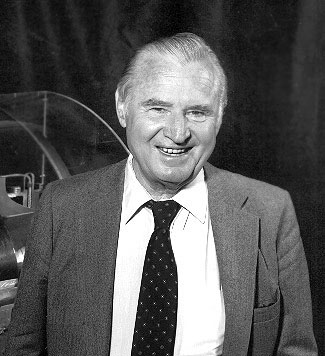
Hans von Ohain was a German aerospace engineer known for inventing the world’s first operational jet engine, the “Heinkel HeS 3,” which powered the Heinkel He 178, the first jet-powered aircraft to fly in 1939.
His pioneering work in jet engine development revolutionized aviation, leading to faster and more efficient air travel. Von Ohain’s contributions continue to be celebrated for their profound impact on aerospace engineering and modern aviation.
